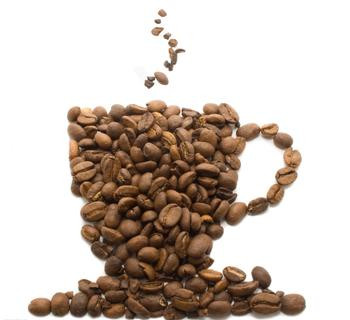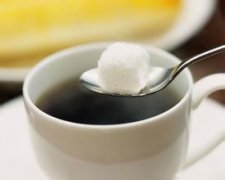The main varieties and characteristics of coffee how to tell whether coffee beans are good or bad

Blue Mountain Coffee:
Produced in Jamaica, slightly sour, supple, with sweet, delicate flavor, light taste. Columbia: produced in South America, slightly sour glycol, supple aroma alcohol, slightly to medium acid.
Brazilian coffee:
Produced in South America, neutral, medium bitter, fragrant, slightly sour, slightly bitter, introverted. Manning: from Indonesia and Sumatra. Bitter and mellow, fragrant and bitter. Mocha: produced in Ethiopia (Africa), Arabian ports. Acid and alcohol fragrance, medium acid with lubrication to strong acid, sweet characteristics.
Java: produced in Indonesia ~ Java Island, strong bitter weak fragrance, no acid.
Comprehensive hot coffee:
Brazil 3.5, Mantenin 1, Java 2, Colombia 2, Mocha 1.5 (blended) fragrant, sweet, bitter, sour. Comprehensive hot coffee: Brazil 2, Mantenin 1, Java 3.5, Columbia 2, Mocha 1.5 (mixed) fragrant, sweet, bitter, sour.
Mixed iced coffee:
Manning 2, Columbia 2, Java 2.5, Holland No. 2, Mocha 1.5 (mixed) fragrant, alcohol, bitter carbon roasted coffee: unique roasting method, produced in Sumatra, Colombia 2, Brazil 2, Mantenin 1.5, Java 4.5. Bitter and mellow.
Fried coffee beans:
The frying of coffee beans is a very technical work. The raw beans are heated and cooked, and the moisture is removed to make them inflate. Through this procedure, it can produce the unique aroma and flavor of coffee. Generally speaking, fried for a short time, the color of coffee beans will be light brown, strong sour taste, if fried with a darker tone, the bitter taste will be enhanced, and the color will also be dark brown. Therefore, the roasting of coffee beans is divided into several different degrees: 1. The lightest fried companion. two。 Shallow fried accompany 3. Ordinary fried company. 4. Fried a little thicker than usual. 5. Medium fried company 6. Slightly stronger fried company 7. Strongly fried accompany. 8. The most intense and intense fried companion.
How to distinguish between good and bad coffee beans: smell: fresh coffee beans smell strong fragrance, on the contrary, tasteless or bad smell see: good coffee beans are complete in shape and full in size. On the contrary, the shape is incomplete: the fresh coffee beans are crisp and fragrant when they crack: dark black coffee beans, the coffee brewed has bitter yellow coffee beans, and the coffee boiled has a sour taste. Good coffee beans: neat shape, bright color, roasted by single stir-fry. Coffee beans with mellow flavor and poor stamina after brewing: different shapes, incomplete individuals, light fragrance after cooking, not sweet enough.
Important Notice :
前街咖啡 FrontStreet Coffee has moved to new addredd:
FrontStreet Coffee Address: 315,Donghua East Road,GuangZhou
Tel:020 38364473
- Prev

Russia: passionate Russian Coffee
The towering Ural Mountains and the icy winter create a strong personality of Russians and give Russian coffee a warm and intense taste. Russian coffee is rich in nutrients. First break an egg yolk into a pan, then add chocolate and a small amount of milk, heat and melt, then pour in a glass of vodka, and finally add a tablespoon of sugar to mix well.
- Next

Charming Coffee making method Hawaiian Coffee
Viennese Coffee-ingredients: one cup of hot coffee, right amount of fresh cream, right amount of chocolate syrup, a little colorful chocolate, sugar packet. Practice: a cup of hot coffee is about 8 minutes full, whirled with whipped cream, sprinkled with appropriate amount of chocolate syrup, sprinkled with colorful chocolate fruit and served with sugar. Features: this famous coffee from Austria has three paragraphs.
Related
- Beginners will see the "Coffee pull flower" guide!
- What is the difference between ice blog purified milk and ordinary milk coffee?
- Why is the Philippines the largest producer of crops in Liberia?
- For coffee extraction, should the fine powder be retained?
- How does extracted espresso fill pressed powder? How much strength does it take to press the powder?
- How to make jasmine cold extract coffee? Is the jasmine + latte good?
- Will this little toy really make the coffee taste better? How does Lily Drip affect coffee extraction?
- Will the action of slapping the filter cup also affect coffee extraction?
- What's the difference between powder-to-water ratio and powder-to-liquid ratio?
- What is the Ethiopian local species? What does it have to do with Heirloom native species?

